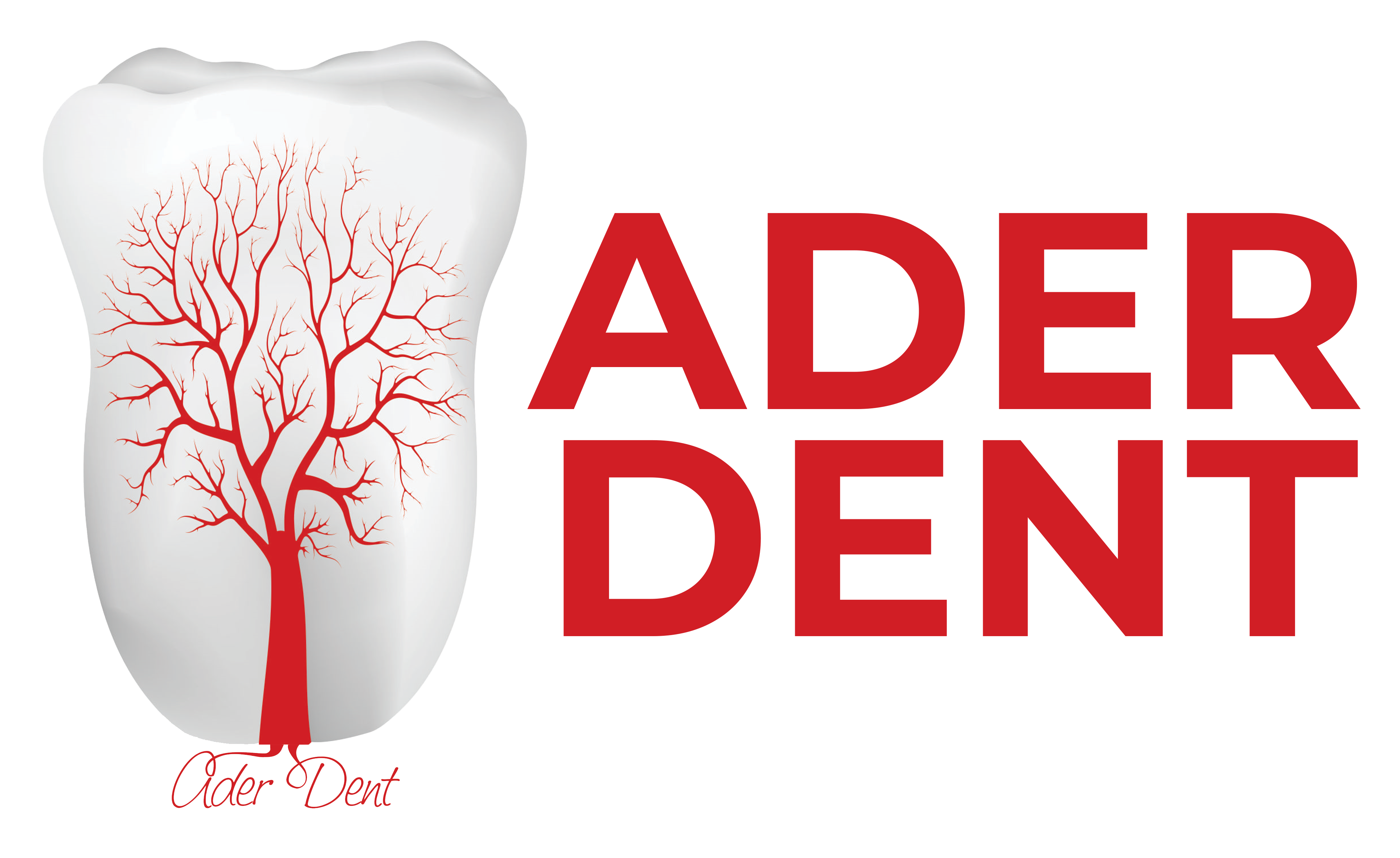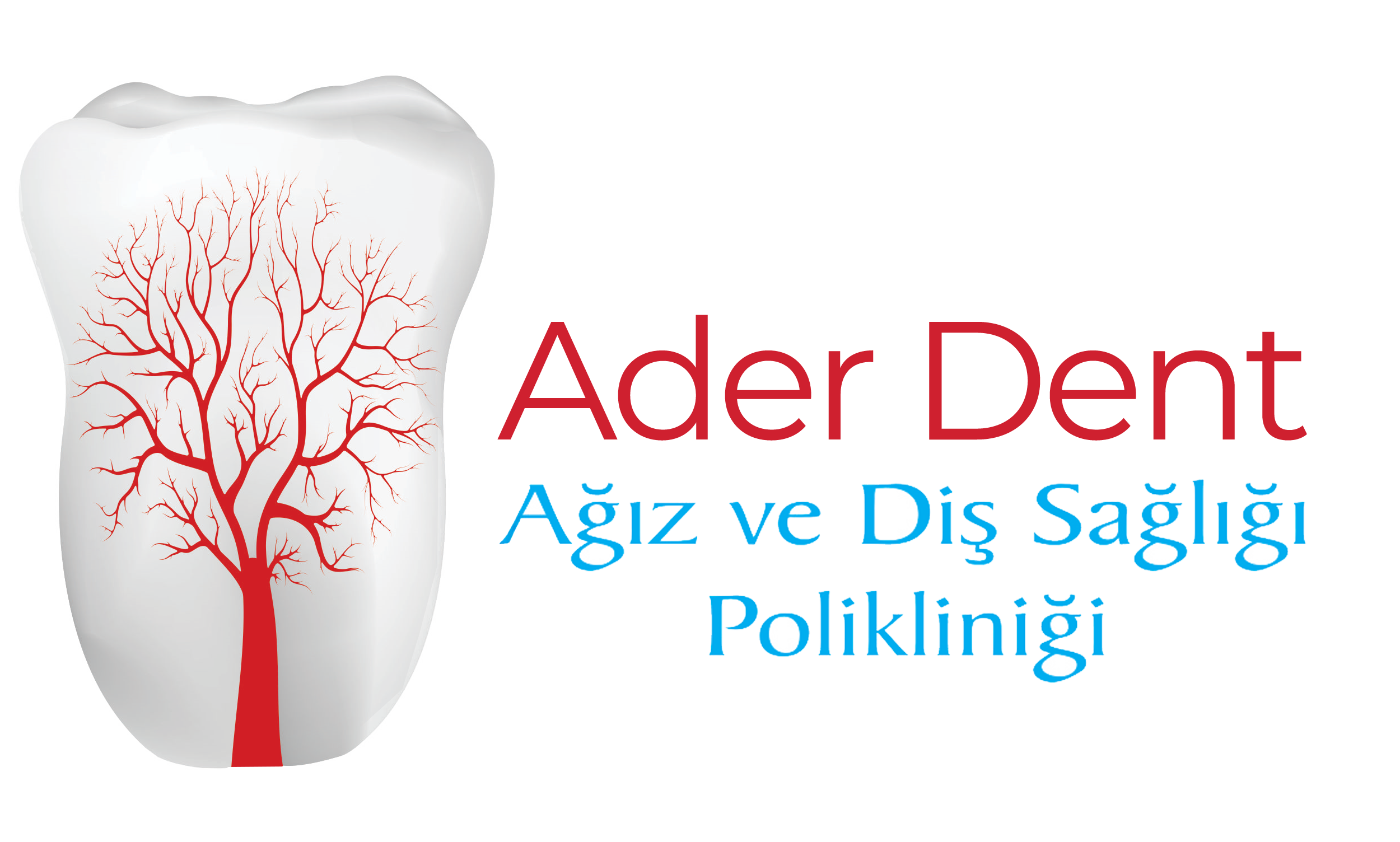Thumb sucking, pacifier use, and bottle feeding are considered natural behaviors during infancy. However, if these habits are not discontinued at the appropriate time, they can have permanent negative effects on dental and jaw development. The sucking reflex, which babies are born with, is vital not only for nutrition and calming but also for the development of oral and facial muscles.
Yet, when these behaviors continue uncontrollably, they often become the root cause of orthodontic problems. It is recommended that newborns be exclusively breastfed for the first six months. Breast milk not only strengthens the immune system but also supports the proper development of jaw muscles. If breastfeeding is insufficient, orthodontically compatible (physiological) bottle nipples should be used instead.
However, continuing bottle feeding beyond 18 months can harm the developing jaw structure. Continuous sucking motion exerts pressure on the jawbones, potentially altering the position and alignment of the teeth. Pacifier use can have similar effects. Especially after the age of 2, pacifier use may cause the upper front teeth to tip forward and the lower front teeth to tilt backward.
This disrupts the bite alignment and can lead to an orthodontic condition called anterior open bite. If thumb sucking continues beyond age 3, it may result in more severe jaw deformities. This habit exerts constant pressure on the teeth and palate. The upper jaw may narrow, forming a V shape, and a gap may appear between the front teeth. Over time, these changes can become permanent.
Discontinuing these habits by age 4 may allow the jaw and dental structures to self-correct. However, if the habit persists, professional support from an orthodontist is recommended. Children should be encouraged using positive reinforcement, and if necessary, behavior modification therapy or habit-breaking appliances can be considered.
Until What Age Is Thumb Sucking Considered Normal?
Some newborns may develop small blisters or fluid-filled areas on their fingers or wrists. This is most commonly due to frequent thumb sucking. The sucking reflex is a strong instinct present from birth and is especially intense in the early months of life.
Observations show that about half of babies around the age of one exhibit thumb-sucking habits. Thumb or tongue sucking is generally considered normal during the first 18 months of infancy and tends to disappear on its own by the age of 2 in most children.
What Causes Thumb Sucking?
Thumb sucking is one of the strongest innate reflexes in babies. While it's typically viewed as natural and harmless up to the age of 4, it can develop into a more complex behavior in some children over time.
Particularly in stressful or anxiety-inducing situations, children may revert to thumb sucking to feel secure or emotionally soothed. At this point, the behavior becomes more than just a physiological reflex—it turns into a psychological coping mechanism.
Why Are Pacifiers Not Recommended for Babies?
Pacifiers can help soothe babies and assist in transitioning to sleep. However, prolonged and uncontrolled use may lead to undesirable outcomes. In children who use pacifiers excessively, the risk of developing tooth decay increases, and jaw development may be negatively affected.
In addition, frequent pacifier use may delay language development and cause speech difficulties. Therefore, both the duration and frequency of pacifier use should be carefully monitored.
Does Bottle Feeding Affect Jaw Development?
Prolonged bottle feeding can negatively impact jaw development. Continued use beyond 18 months may lead to imbalances in the growth of jaw muscles and bone structures. This can result in the upper jaw shifting forward and the lower jaw moving backward.
Gaps between the teeth may form, and the arch of the jaw may become narrower. These effects increase the risk of orthodontic problems later in life. For this reason, bottle use should ideally be reduced after the 12th month and discontinued entirely by 18 months at the latest.


 TR
TR




